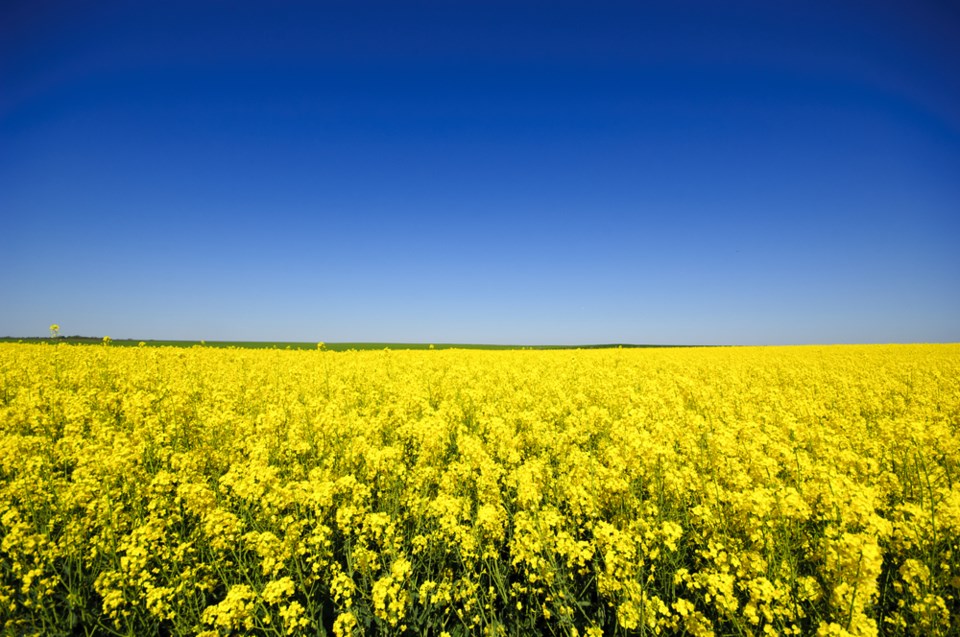The recent rains that passed through the Moose Jaw area recently have been a blessing to many farmers who are in the midst of the growing season.
Producer Dean Gerbrant farms north of Chaplin near the Central Butte district. He was encouraged by how well his crops were growing so far.
“It couldn’t be better for us out here. Lots of timely rain,” he said. “A little bit cool (in the ground) to start the season, but as it started to warm up and we started to get the rains in early June, it’s just been great (and) perfect.”
Having that warmth and the showers provided a good mixture, but it was also a combination that could lead to disease, Gerbrant continued. However, as long as farmers spray their crops and monitor them regularly, they should be able to manage any problems that arise.
Gerbrant has heard in farming circles that diseases have popped up in lentil crops, but he has escaped that problem so far since he has already sprayed his 324 hectares (8,100 acres) of canola, durum and spring wheat.
The area farmer was excited about how his crops were growing, saying — as long as hail stayed away — this could be his best year ever. In comparison, Gerbrant explained, last year he had an OK growing season; the rains came a little too late while early snow in the fall flattened his crops, which forced him to harvest it this spring. While the quality of the canola was good, the wheat was less so.
Gerbrant was unsure what effect the pandemic would have on his operations, especially since the situation changes daily. However, if the world is in a panic for food, that could drive prices and demand in the market.
While he doesn’t have to hire guys from Mexico, he was taking a cautious approach to his crops.
“It’s not in the bin yet,” he added. “There’s definitely a ways to go before we’re in the clear.”
According to the recent crop development report from the Ministry of Agriculture, most crops are at a normal stage of development, with fall cereals at 86 per cent, spring cereals at 75 per cent, oilseeds at 70 per cent, and pulses at 82 per cent.
Cropland topsoil moisture is rated as six per cent surplus, 85 per cent adequate, six per cent short and three per cent very short. Hay and pasture land topsoil moisture is rated as four per cent surplus, 75 per cent adequate, 16 per cent short and five per cent very short.
Producer Travis Bunnell farms west of Moose Jaw and said his crops are looking decent. He received enough timely rain recently to ensure the health of his crops of lentils, chickpeas, barley, durum and canola.
“It’s encouraging. It could be a heck of a lot worse. I mean, you can always go for a drive and find crops that look worse in drier areas, and even (in) some wetter areas of the province right now,” he said, noting while it’s dry west of Moose Jaw, the area is luckier than other parts of Saskatchewan.
In comparing this year’s growing season to 2019, Bunnell believes he is in roughly the same situation as he was at this time last year. The growing season in 2019 started drier, while this year started with more soil moisture at seeding.
Bunnell hoped that the pandemic had a minimal effect on his operations this year. He usually hires a few men to help with the harvest in the fall, so he hoped that no one in the area or on his staff came down with the illness.




